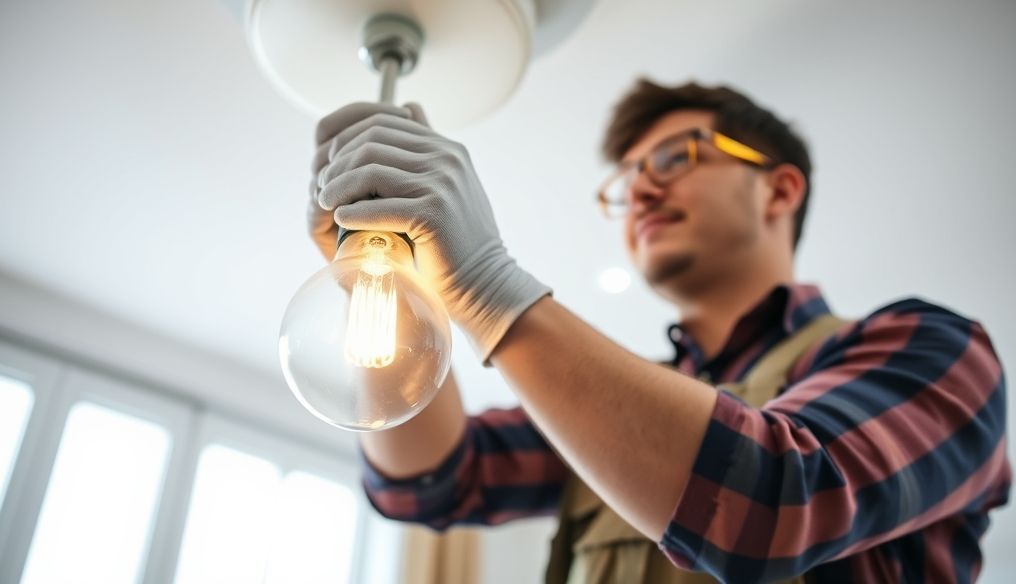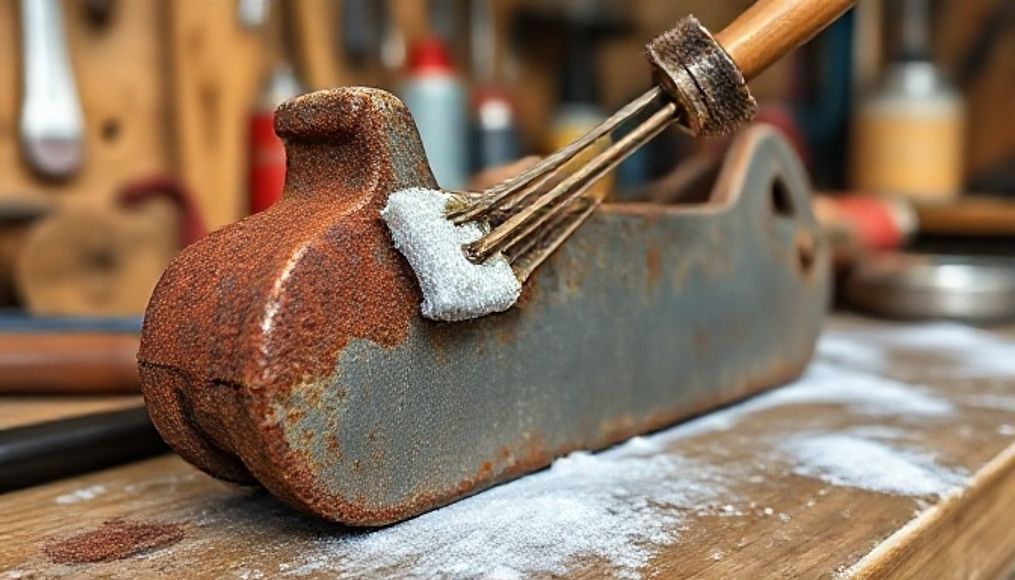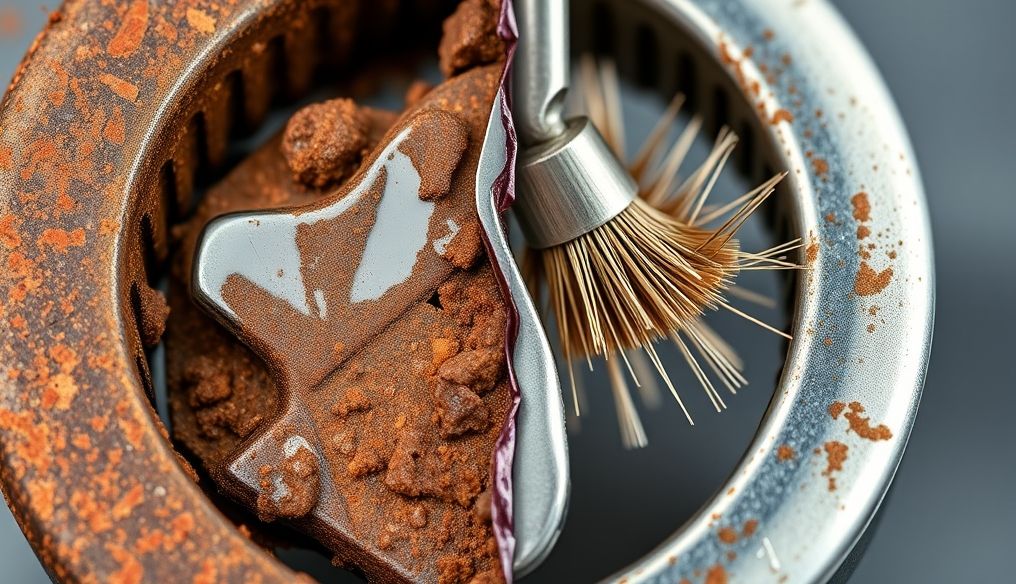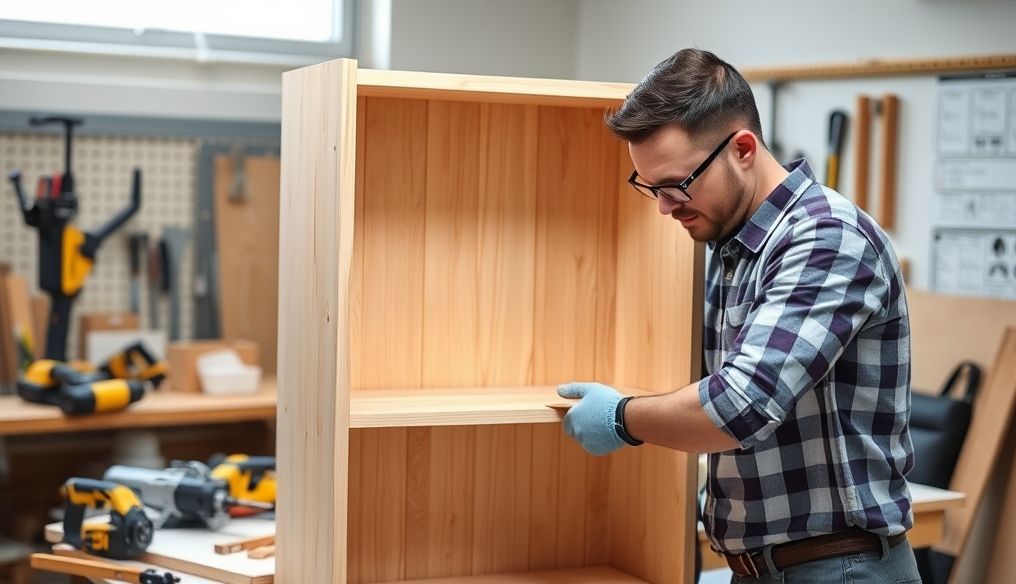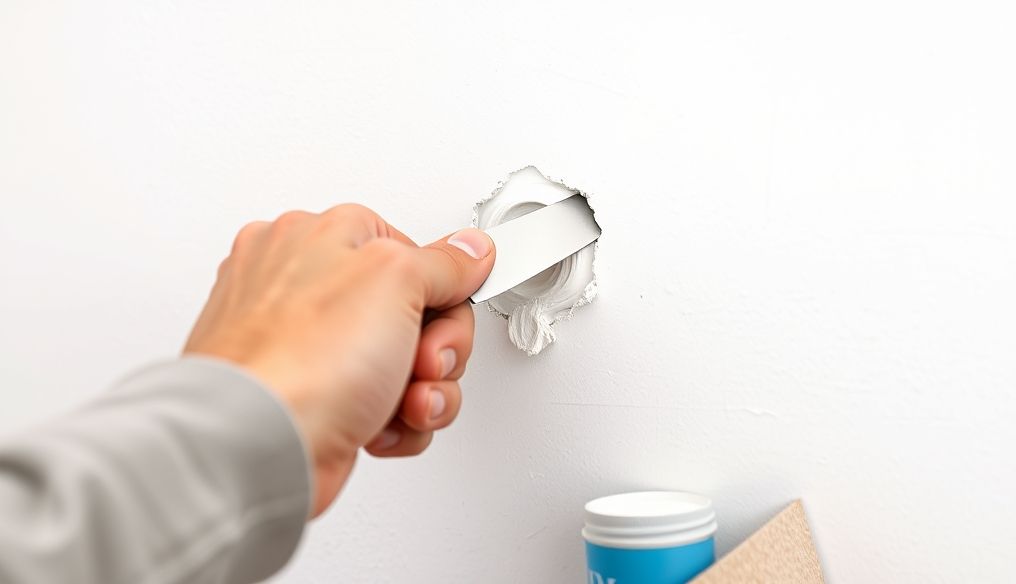Introduction: Why Bother Changing a Light Bulb Safely?
Changing a burned-out light bulb is a common household task, but it can be dangerous if proper precautions are not taken. Electric shocks, falls from chairs, and cuts from broken glass are some potential hazards. This article aims to provide you with the knowledge and tools needed to change a light bulb safely and efficiently.
Chapter 1: Necessary Tools and Equipment
Before you start, make sure you have the following tools:
- Stable ladder or chair: To reach high bulbs.
- Gloves: To protect your hands from broken glass and minor electric shocks.
- Safety glasses: To protect your eyes from glass shards.
- Replacement bulb: Of the same type and wattage as the burned-out bulb.
- Cloth or towel: To clean up any broken glass.
- Adhesive tape (optional): To collect small glass shards.
- Voltage tester (optional): To ensure the power is off.
Chapter 2: Basic Safety Steps Before Starting
Safety is the top priority. Follow these steps before starting:
- Turn off the power: Switch off the circuit breaker (fuse) for the electrical circuit containing the burned-out bulb. This is the most important safety measure.
- Verify the power is off: Use a voltage tester (if you have one) to ensure there is no electrical current in the light fixture.
- Inform others: Tell your family members or colleagues that you will be changing the bulb and that the power is off.
- Wear gloves and safety glasses: This step protects you from potential injuries.
Chapter 3: Removing the Burned-Out Bulb
The removal method varies depending on the type of bulb:
Incandescent Bulbs (Traditional):
- Wait for the bulb to cool down: If the bulb has been lit recently, wait a few minutes for it to cool down to avoid burns.
- Twist the bulb counterclockwise: Hold the bulb firmly and twist it gently until it is released from the socket.
- If the bulb breaks: Use gloves and a cloth to remove any glass shards. Use adhesive tape to collect small shards.
Compact Fluorescent Lamps (CFL):
- Do not press on the bulb: These bulbs contain a small amount of mercury, so avoid breaking them.
- Hold the base of the bulb: Twist the base counterclockwise to remove it.
- In case of breakage: Open the windows to ventilate the room and wear gloves and a mask. Collect the shards carefully and place them in a sealed bag. Contact the authorities for safe disposal of mercury.
LED Bulbs:
- Follow the same steps as incandescent bulbs: These bulbs are less likely to break and contain fewer hazardous materials.
Chapter 4: Installing the New Bulb
- Make sure the bulb is compatible: Use a bulb of the same wattage and type as the burned-out bulb.
- Hold the new bulb carefully: Avoid touching the glass part directly.
- Twist the bulb clockwise: Until it is securely in the socket.
- Do not overtighten the bulb: This may damage the socket.
Chapter 5: Restoring Power and Verifying the Bulb Works
- Turn the circuit breaker back on: In the fuse box.
- Test the bulb: Turn on the light to make sure the new bulb is working properly.
- If the bulb does not work: Turn off the power again and check that the bulb is securely installed. If the problem persists, there may be a problem with the bulb itself or with the electrical circuit.
Chapter 6: Safe Handling of Broken Glass
Broken glass poses a significant risk. Follow these tips to clean it up safely:
- Wear gloves and safety glasses: To protect yourself from cuts.
- Use a cloth or towel: To collect large shards.
- Use adhesive tape: To collect very small shards.
- Dispose of broken glass safely: Place it in a paper bag or cardboard box and seal it tightly. Clearly label the bag or box as containing broken glass.
- Do not use a vacuum cleaner: This may spread small shards into the air.
Chapter 7: Proper Disposal of Old Bulbs
Disposal methods vary depending on the type of bulb:
- Incandescent bulbs: Can be disposed of in the regular trash.
- Compact Fluorescent Lamps (CFL): Must be disposed of properly due to their mercury content. Look for local recycling centers that accept these bulbs.
- LED bulbs: Can be disposed of in the regular trash in most cases, but it is best to check local regulations.
Chapter 8: Additional Safety Tips
- Do not stand on an unstable chair: Use a sturdy and stable ladder or chair.
- Do not touch the bulb while it is hot: Wait for it to cool down before removing it.
- Do not use water to extinguish electrical fires: Use a suitable fire extinguisher.
- If you are unsure about anything: Seek help from a qualified electrician.
Conclusion
Changing a burned-out light bulb can be a simple and safe task if you follow these guidelines. Always remember to prioritize safety and take the necessary precautions to avoid accidents. With the right knowledge and tools, you can keep your home bright and safe.
